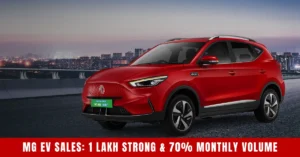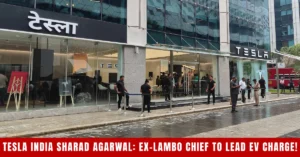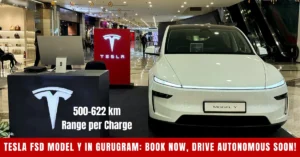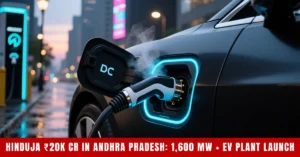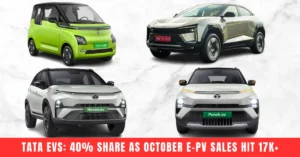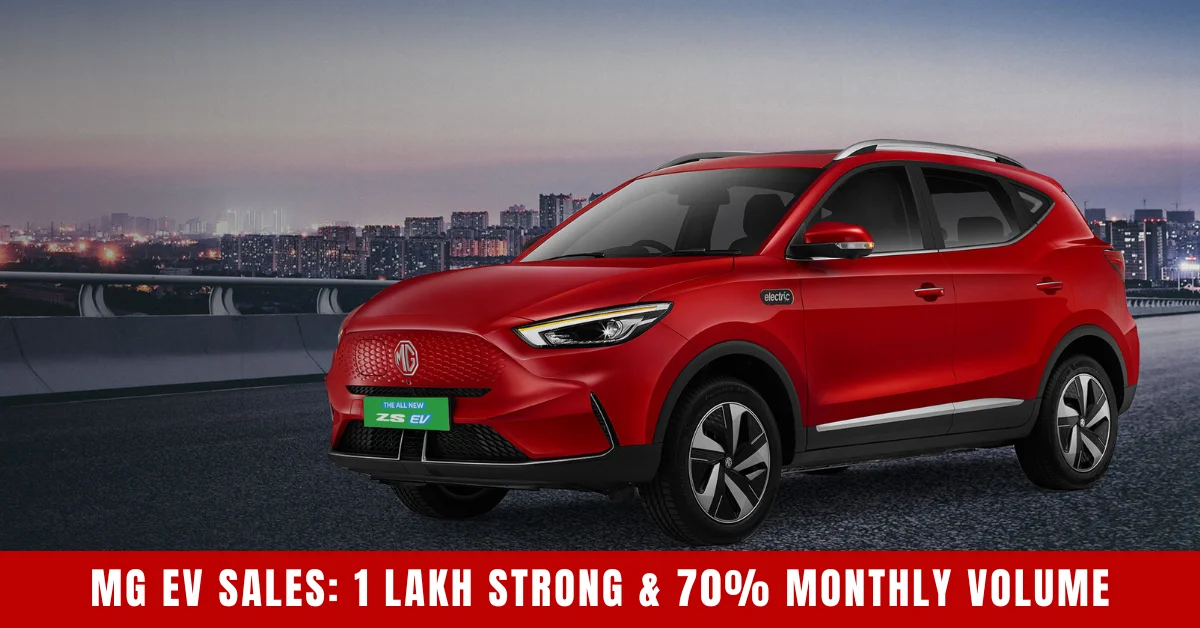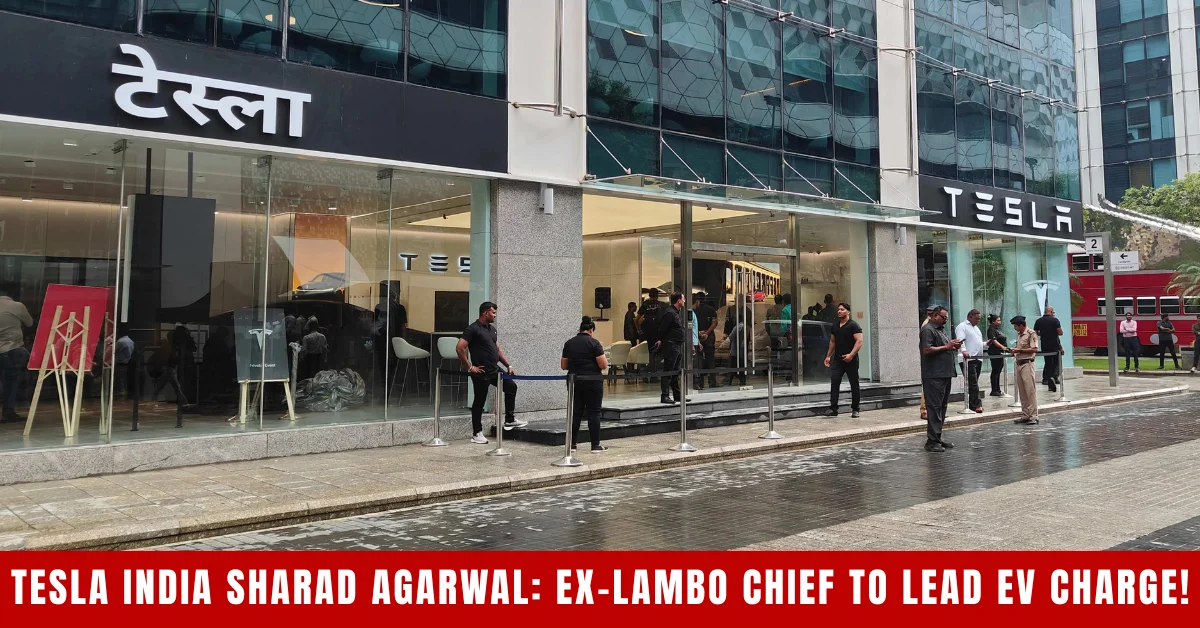
Overview
- Tax Policy Shift: China’s NEV purchase tax exemption (up to ¥30,000) ends in 2025; from 2026, 5% tax applies (max ¥15,000 savings), risking cost hikes for delayed deliveries.
- Xiaomi’s Solution: Covers up to ¥15,000 tax loss for SU7, SU7 Ultra, and YU7 orders by Nov 30, 2025, if production delays push delivery to 2026.
- Industry Trend: Nio (ES8) and Li Auto (Li i6) offer similar subsidies, but selectively; not all models or brands covered, creating buyer uncertainty.
- Market Context: China’s 54% EV penetration drives long waitlists; Xiaomi’s cash discount builds trust amid 2.5M global EV sales forecast for 2025.
- Consumer Impact: Eases fears of unexpected costs, locking in sales as buyers navigate supply chain delays and tax changes.
- Competitive Edge: Xiaomi’s full-lineup coverage contrasts Nio’s ES8-only and Li Auto’s Li i6-only offers, boosting appeal in premium EV segment.
- Global Relevance: India’s 7.31% EV adoption and FAME-III incentives mirror China’s push, but subsidy models may inspire local policies.
Xiaomi EV Tax Subsidy: Shielding Buyers from China’s 2026 Tax Hike
As China’s EV tax policy shifts, Xiaomi EV joins Nio and Li Auto in offering subsidies to cushion buyers from 2026’s halved tax breaks. With NEV purchase tax exemptions (up to ¥30,000) expiring in 2025, a new 5% tax (max ¥15,000 savings) looms, threatening cost hikes for delayed deliveries. Xiaomi’s pledge—covering up to ¥15,000 for SU7, SU7 Ultra, and YU7 orders by Nov 30, 2025—ensures buyers dodge tax losses from production delays. In China’s 54% EV market, this move counters long waitlists and builds trust amid a global 2.5M EV sales forecast for 2025.
The Tax Trap: A Looming Headache
Since June 2023, China’s NEV tax exemption has fueled massive EV adoption. But from 2026, the 5% tax halves savings, risking a ¥15,000 hit for late deliveries. High-demand models like Xiaomi’s SU7 face delays, pushing some 2025 orders into 2026. “Buyers hesitate when costs are uncertain,” notes an X post from Shanghai, reflecting consumer angst.
Xiaomi’s Bold Fix
Xiaomi’s subsidy, a cash discount up to ¥15,000, covers its entire EV lineup for orders by Nov 30. Unlike Nio’s ES8-only (40,000 units sold out) or Li Auto’s Li i6-only (pre-Oct 31) deals, Xiaomi’s broad coverage strengthens its premium EV appeal. “It’s about trust,” says a Xiaomi spokesperson, echoing CEO Vikash Mishra’s leasing model logic for MoEVing’s Tata e-SCVs.
Industry Moves: Selective Subsidies
Nio’s Sept 20 ES8 launch and Li Auto’s Sept 30 Li i6 offer mirrored Xiaomi’s, but exclude sub-brands (Onvo, Firefly) or models like Li i8. This selectivity frustrates buyers, as waitlists stretch due to China’s EV boom. India’s 7.31% adoption (1.2M sold in 2024) faces similar infra lags, but Xiaomi’s model could inspire FAME-III tweaks.
Why It Matters
With 30,000 chargers in India (half offline), Xiaomi’s subsidy tackles a parallel issue: buyer confidence. By absorbing tax risks, it locks in sales, mirroring Tata’s 18,000+ charger push. As India eyes 30% EV penetration by 2030, such strategies could shape policies, ensuring affordability amid global supply chain strains.
Source: www.arenaev.com
Read more about Ev Car News
Also Read
- MG EV Sales Cross 1 Lakh Milestone in India: 35% Market Share & 70% Monthly Volume!
- Tesla India Sharad Agarwal: Ex-Lamborghini Head Appointed Country Chief to Revive EV Sales
- Tesla Driverless Model Y in Gurugram: FSD Display at Ambience Mall—Book Now, Deliver in 30 Days!
- BYD EV Cash Burn 2025: $10 Billion Outflow Despite $100 Billion Revenue – What’s Going Wrong?
- Hinduja Group Andhra Investment: Hinduja Group to Invest ₹20,000 Cr for 1,600 MW Power Boost, EV Plant & Charging Network!
- Tata Motors EV Sales October 2025: 40% Market Grip Amid 56% Surge – Kia Zooms to No. 4!
